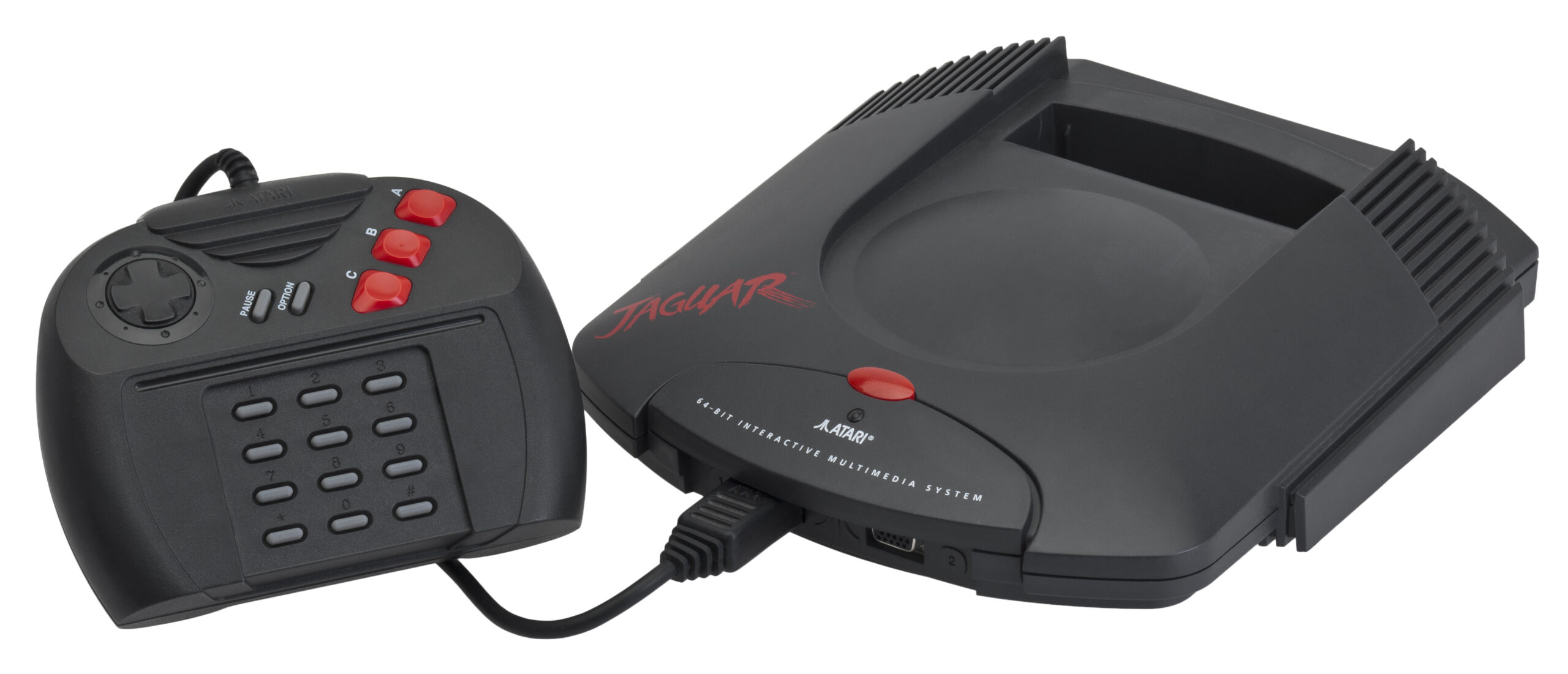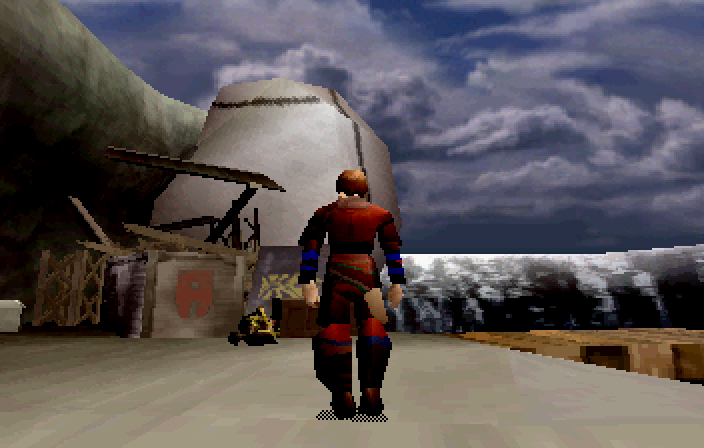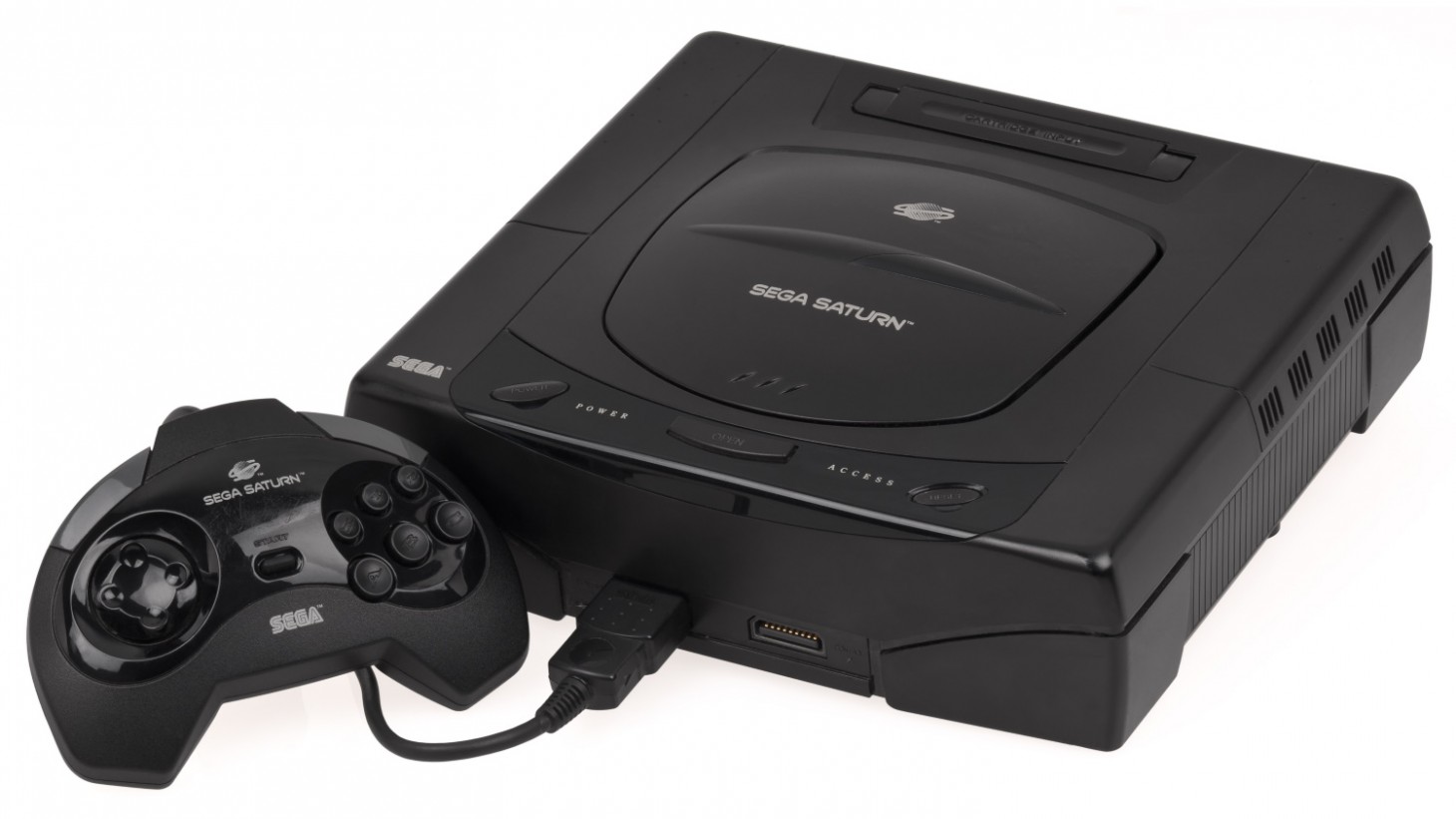And so, the era of leaked documents continues, but this time we are going back on a Nostalgic trip to 1996. During this time period, Nintendo was king, and about to unleash the most powerful video gaming system (PC or otherwise) known to man in the Nintendo 64. Sega had a leg up on Sony (in Japan) despite its turbulent launch in the US and Europe. Sony, in turn, was an upstart that no one seemed to take seriously – until it was too late – and the clock couldn’t be turned back.
In the Midst of Sega’s Delusions; Its Executives Thought They Would Beat Sony
Well, if you have read our Sega Saturn (What Went Wrong) mega article, this -Sega thought it would beat Sony – leak shouldn’t surprise anyone. Sega, before 1995, had a chance to partner up with Sony, when the latter was betrayed by Nintendo (in favor of Phillips), and had decided to go to Nintendo’s rival in order to get some payback for the massive disrespect.
Sega executives (Japan) turned Sony down, seeing it (Sony) as a hopeless upstart that did not understand the video gaming industry. This decision would be a crucial mistake, because it could be argued that without PlayStation’s existence, Sega might have, given its move to CD, won (or at least survived) the 32-64 bit era war, because the system offered some of the same advantages (CD’s memory capacity, and lower costs) – minus the ease of development – that Sony’s machine offered over Nintendo’s cartridge based system.
Can you imagine the impact Final Fantasy VII would have had on Sega, had it been a Saturn game? A mind-blowing alternate reality scenario, to say the least. Square’s most popular JRPG was quite the fortunes changer back in its hey day.
But Sega of Japan’s constant ‘tug of war’ with Sega of America was bound to doom the company at some point. Before we go any further on this discussion, let’s read the tweet containing the document that was leaked in which Sega of America President, Tom Kalinske, was boldly encouraged by Saturn’s early Japanese success:
This is huge. A 272-page PDF of classified Sega of America docs from ~1996 was just posted online.
There is so much info here that it's almost overwhelming. Manufacturing costs, retail margins, sales, product strategies, emails, etc.https://t.co/2XWbpu9QdK pic.twitter.com/akhxdK7fwd
— John Harrison – Mega Drive Shock (@MegaDriveShock) July 3, 2023
In today’s market, Japan is not necessarily an indicative of success or failure for anyone. Sales in Europe, and America are more important. However, in video gaming’s early days Japan was king, and success within the confines of the land of the rising sun – usually – bode well for success everywhere else because the majority of AAA games were coming out of Japan itself.
The reason why I call Sega delusional, is because one of its biggest blunders came from an irrational fear of opponents, within the console space, that never had a prayer at attaining any type of success within the console industry.
Atari’s Jaguar Indirectly Killed Sega?

Sega…at some point in the late 1980s and early 1990s made the decision that hardware sales were predicated by power, as in computing power. The more powerful console, the better the sales. It was a philosophy that put them behind the proverbial ‘8 ball’, as the Game Gear, and Nomad, were massive money pits (and sales disappointments) when compared to Nintendo’s legendarily successful Game Boy. This, despite the fact that both Sega Systems were nearly a decade or so, ahead of Nintendo’s pre-historic machine.
Thus, when rumors of the Jaguar came around, Sega’s executives panicked, bottles of Japanese pepto bismol were consumed, and the ill conceived 32X Genesis add-on saw the light!
The 32X was born in a call from Sega of Japan president Hayao Nakayama to Sega of America’s R&D head Joe Miller. He was on speakerphone and there were several of us in Joe’s suite at CES in Vegas. Mr Nakayama basically said that we had to do something about Atari’s forthcoming 64-bit Jaguar console. An hour later, Marty Franz – SOA’s vice president of technology – had sketched up a device that sat on the Mega Drive system bus, sported a ton of power and had two ginormous frame buffers that could be accessed directly by both the Mega Drive CPU and a pair of Hitachi SH-2 CPUs. – Scot Bayless, Senior Producer Sega of America (1990-1994) (From What Went Wrong: Sega Saturn Edition)
As explained before, Sega was already losing money on its doomed portable machines (and even the Sega CD add-on), but the 32X started a chain reaction that Sega couldn’t quite recover from. The ‘feared’ Jaguar would go on to sell less than 150,000 units.
The 32X was a bad idea on many levels. Sega of America is credited for making the device an add-on (opposed to SoJ who wanted the hardware to be a standalone device), but Sega of Japan green lighted the device, and launched the Sega Saturn ahead of it in Japan, and about 5-6 months later in the US. This inexplicable, if nearly simultaneous release of competing hardware showed how carefree the company was with its financial spending.
The 32X also demonstrated Sega’s lack of foresight. Its biggest competitor at the time was Nintendo. Nintendo would remain committed to it SNES platform until 1996. On the other hand, Atari’s Jaguar was a doomed console, and Sega failed to predict it. Sega threw millions of dollars down the drain manufacturing a hopeless add-on device in order to compete with a doomed console. – Samuel Rivera, NER editor, What Went Wrong: Sega Saturn Edition (2021)
Of course, Sega would follow up this blunder with a questionable design for its Saturn hardware, and a botched western launch. The Saturn was an over engineered, and consequentially, over priced machine with no early mainstream killer apps. And yet, in Japan, things didn’t start out too badly.
Kalinske (Perhaps Trying to Save His Head) Emails Sega Telling its Executive That They Would Eventually Beat Sony in the West

Again, I don’t know whether Kalinske believed his own email at the time, but in early 1996 (March), the 32-64-bit home console war was getting stared, and many predicted that Nintendo would win on the strength of Super Mario 64’s brilliance alone. You have to remember that the SNES had closed out strongly, and Nintendo controlled the market.
Nintendo had, by far, the best 3-D machine, and the most revolutionary game of all time. Sony would go on to change how the market was perceived on the strength of a diverse catalogue of quality titles (even if Nintendo had the greater, and more revolutionary ones) that appealed to an older demographic who had grown out of Nintendo’s ecosystem, and others, who hadn’t even been interested in video games before Sony’s machine made gaming, a ‘cool’ past time.
In other words, Nintendo stuck by the quality over quantity mantra, and Sony beat it by the sheer bulk size of its library, a library that also had big releases, and quality titles on a monthly basis.
In 1996, however, no one knew that, and Sega had expected to beat Sony out before all was said and done. The Sega Saturn, had a lot of arcade ports, and JRPGs that were a hit with the Japanese market, but it wasn’t enough. Sega would go on to sell 5,800,000 Saturn units in Japan. This is slightly higher than Nintendo 64’s 5,500,000 consoles sold in the region. Sony’s PlayStation would go on to sell 19.4 million. Many of those sales happened between mid 1997-2000, so at least in Japan, Sega was in the fight, at least for a little bit.
No one could have quite predicted Sony’s monumental -industry changing – success. Within that context, Kalinske’s email isn’t that surprising. He was likely feeling pressure from Sega of Japan’s branch, due to the inability of the Saturn to gain ground on the US, and Kalinske emails is more of a “Look how well the Saturn is doing here in Japan, it is only a matter of time until we catch up in America – Please don’t fire me!” type of letter.
He really wanted to make a big splash on E3 (1996) as well. Nintendo greatly underestimated Sony, as well. The company really believed that the world would stop with Mario 64’s arrival, and for a time it did (The Nintendo 64 broke launch sales records). However, by the end of 1997, The PlayStation had pulled away from the Nintendo 64, and the console never looked back. Also by that time, Sega had already abandoned the Saturn, and it was hard at work on the eventual Dreamcast successor.
Hindsight is 20/20, and we all know how things turned out for each company, but analyzing this stuff (retro console wars) is always a fascinating task for me. The 32-64 bit era continues to be my favorite gaming era of all time.
Agree with the author? Couldn’t disagree more and are frothing at the mouth to tell him? Leave a comment here, on Facebook or send an email and make sure to follow Never Ending Realm on Facebook, Twitter, and YouTube!
